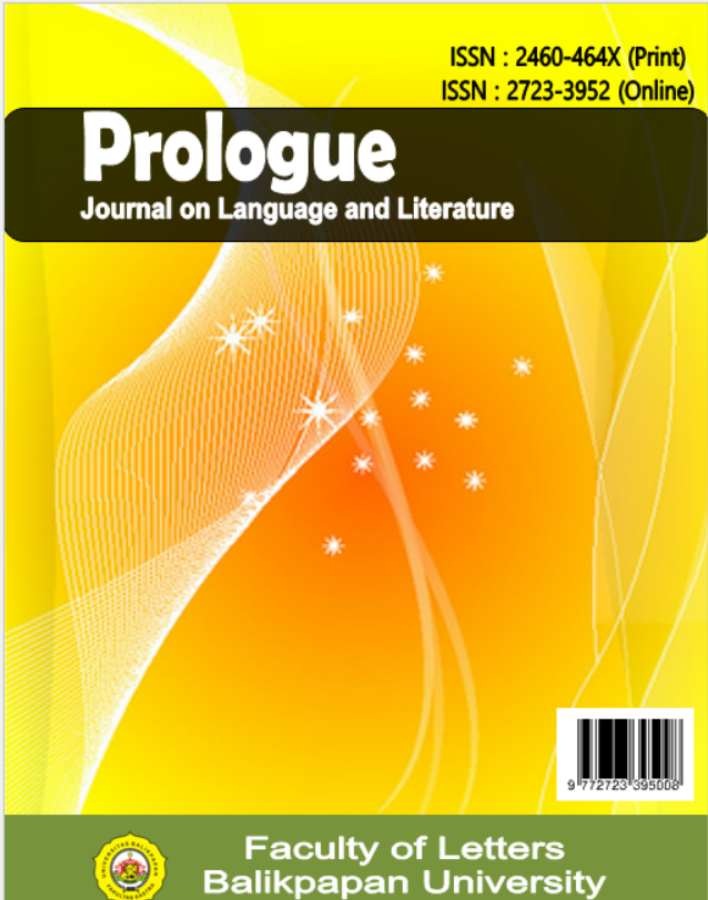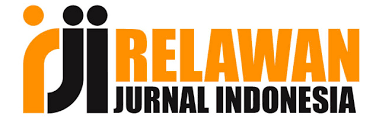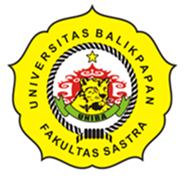THE USE OF GAIRAIGO IN JAPANESE SENTENCES IN THE 36TH ISSUE OF NIPONICA ONLINE MAGAZINE 2024
DOI:
https://doi.org/10.36277/jurnalprologue.v11i1.217Kata Kunci:
gairaigo, Japanese language, morphological processes, loanwords, Niponi-caAbstrak
This study investigates the use of gairaigo (loanwords) in Japanese sentences, specifically within the 36th issue of Niponica, an online magazine published by the Japanese Ministry of Foreign Affairs. The purpose is to examine the morphological processes involved in gairaigo usage and their impact on Japanese sentence construction. A descriptive qualitative method was employed, utilizing data collected from direct observation of written content in the magazine, analyzed through note-taking techniques. Data were categorized based on morphological processes such as affixation, composition, and clipping. The study finds that gairaigo often undergoes transformations such as affixation, where English words are adapted with Japanese suffixes (e.g., dejitaru ka for "digitization"), and composition, where foreign and native vocabulary are combined (e.g., pen saki for "pen tip"). These processes reflect the ongoing linguistic adaptation and enrichment of Japanese, influenced by both global and local factors. The study concludes that gairaigo plays a crucial role in modernizing Japanese vocabulary while maintaining cultural identity, particularly through the distinct use of katakana and the adaptation of foreign concepts into the local context.
##submission.downloads##
Diterbitkan
Cara Mengutip
Terbitan
Bagian
Lisensi
Hak Cipta (c) 2025 Sonny Rama Al Faridzi, Tatang Hariri

Artikel ini berlisensiCreative Commons Attribution-NonCommercial-ShareAlike 4.0 International License.


















